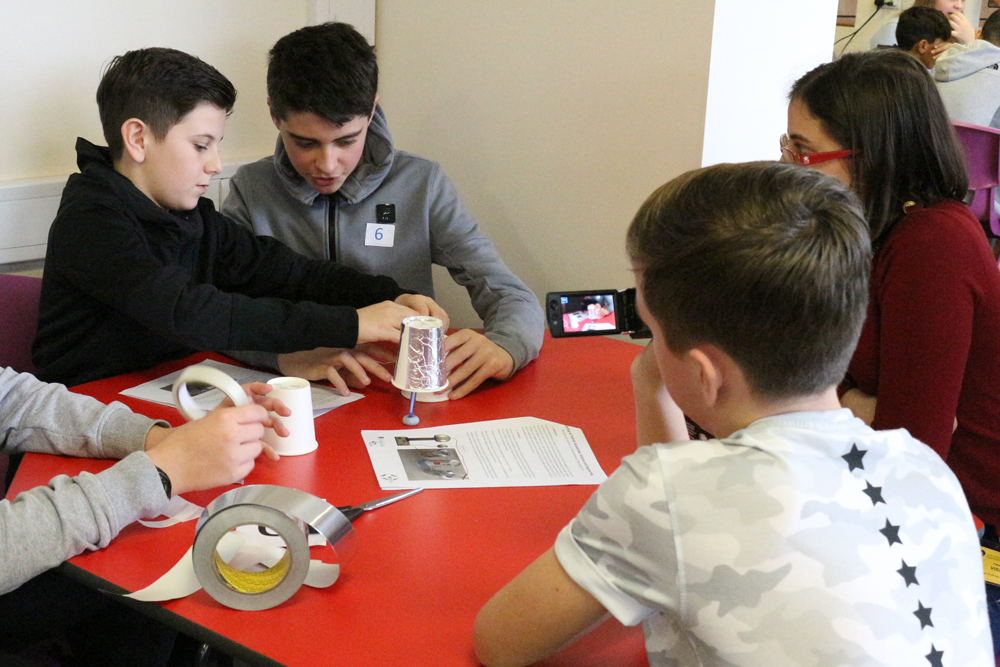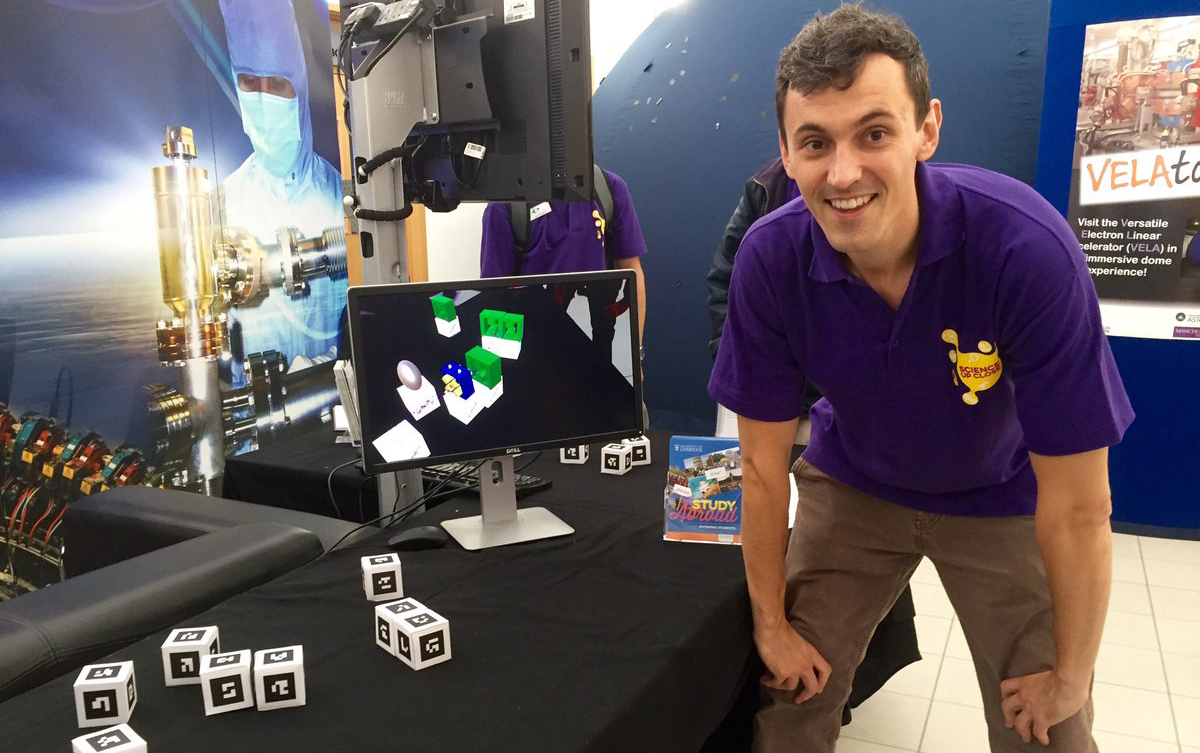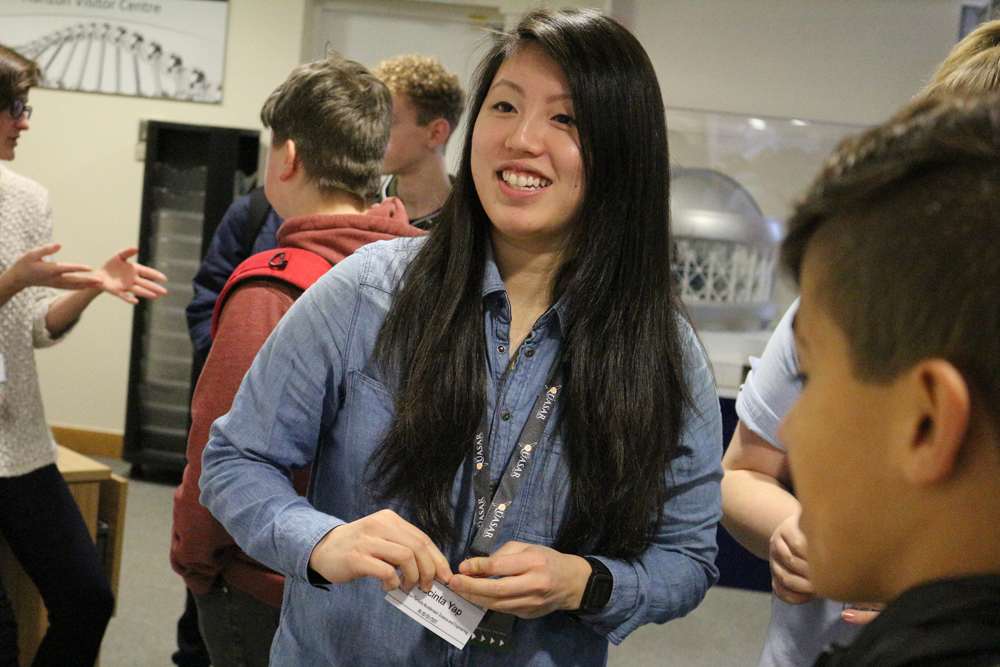How using multimedia can explain reality in physical science outreach
Using multimedia to engage students in accelerator science is one of the methods that the Cockcroft Institute has used to make the subject exciting and accessible to young people. The outreach team will be discussing their experiences at Interact, an engagement symposium for the physical sciences on 14 September at the University of Birmingham.
Dr Ricardo Torres and Dr Chris Edmonds, of the Cockcroft Institute and University of Liverpool will discuss how hands-on activities were used to introduce accelerator science to Year 9 and 10 students. He explains: “Visualisation has become more important in science communication, especially when it is aimed at a younger generation brought up in an age of multi-media.
“We encouraged the students to become film-makers and record the workshops where they made accelerators from everyday objects such as a salad bowl, paper cups, a battery and copper wire. This developed their skills in observation, data recording and reporting while learning about accelerators.
“The feedback from students and their teachers was excellent, with interaction and learning occurring at different levels.”
While arguably the best known accelerator is the Large Hadron Collider, there are several thousand smaller machines in use: in academic institutes for research about the forces in the universe; in hospitals for imaging and cancer treatment; and in industry for the development of new materials, semiconductors, food treatments and other applications.
In fact many of the devices used every day by Year 9 and 10 students have been made possible by accelerators – the development of silicon chips and the miniaturisation of electronics was essential for smartphones and tablets.
This ‘pocket technology’ has inspired Dr Chris Edmonds to create an app – acceleratAR – which enables anyone to create their own virtual accelerator with some paper cubes and a smartphone.
Engaging young people is vital as there is a shortage of accelerator scientists and engineers.
To address the skills gap and focus research in this area a novel approach has been taken to training fellows. Professor Carsten P. Welsch of the Cockcroft Institute and Head of Physics and the Quasar Group at the University of Liverpool has developed a number of pan-European training networks with industry and research partners. The fellowships have produced well-rounded individuals with excellent research and business credentials and the programmes have attracted equal numbers of men and women eager to push the boundaries in this emerging field of physics.
Professor Welsch says the outreach activities provide an opportunity for the fellows to share their experiences and enthusiasm with younger people.
Dr Torres will be explaining how both young people and the fellows benefit from outreach at the Interact symposium.
Interact is organised by the Science & Technology Facilities Council (STFC), Institute of Physics and South East Physics Network Outreach (SEPnet).
Other presenters at the symposium are from the Universities of Birmingham, Southampton and QMUL, schools such as Abingdon Science Partnership and outreach groups including the Science Room, NUSTEM and AimHigher.
The Accelerator group has made its resources available on YouTube:
- Building a salad bowl accelerator
- Building a rail gun
- Building a homopolar motor
- How to build your own Van de Graaff Generator
- Workshop on Accelerator Science (Year 10)
- Workshop on Accelerator Science (Year 9)
Make your own particle accelerator with the acceleratAR app: www.acceleratar.uk
More information about Interact can be found at www.sepnet.ac.uk/2892-2/ – it is free to attend and open to all Physical Science researchers.



